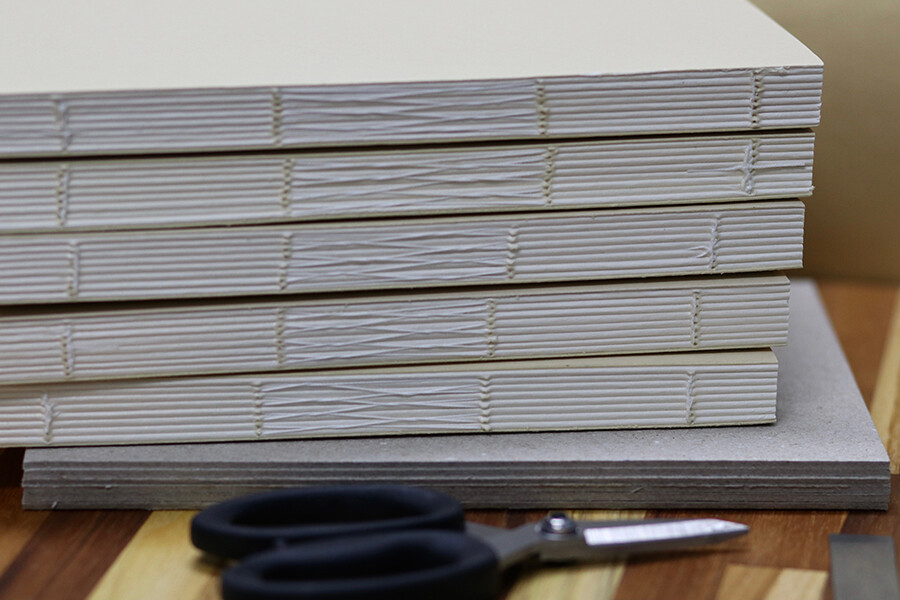Maybe you’ve seen yesterday’s feature posted by the New York Times Book Review titled “How a Book Is Made: Ink, Paper, and a 200,000-Pound Printer.” If you’re not a subscriber, this link may no longer work for you by the time you come across this post. If that’s the case, don’t worry; you didn’t miss much.
First of all, who calls a printing press “a 200,000-pound printer”? I guess the headline writer was trying to be cute. Whatever.
Anyway, here’s the comment I submitted. There were already 346 comments posted, and I didn’t read them all, nor do I expect you to.
When the New York Times says “book,” they mean a bestselling book from a major publisher. Most books are not produced on equipment of this scale. Your book, dear reader, unless the Book Review has featured it, wasn’t and won’t be.
That said, this article is selling the idea that an adhesive-case book—the kind being bound here—is what we should think of when we hear “hardcover.” It isn’t. This is the type of book sold in chain bookstores, big box stores, and airports. But it is really nothing more than a perfectbound softcover book with a thicker cover. It won’t open flat any better than a paperback, because it is made the same way, with the pages glued to a backing. The great advantage of this kind of binding is that the publisher can call it a hardcover and demand a price premium from the unsuspecting public they foist these cheaply made books on.
A proper hardcover, the kind this knockoff is pretending to be, is a sewn case book. The signatures, after being folded, are sewn together so that the book can open flat at any page. A sewn case book can last through hundreds of readings without the pages falling out or the spine cracking or a frustrated reader throwing it against a wall because it won’t lie flat.
There are still craftspeople in the world who care about turning out quality books. And there are still publishers who support them.
I’m a book designer. I try to steer my clients away from these faux hardcovers. So far I’ve been successful in doing so.
Book manufacturers offer a variety of binding types, and the choice often depends on the size and weight of the book as well as the number of copies to be printed and the channels where the book will be sold. Part of my job is understanding what the variables are and making good choices for my clients’ books.
